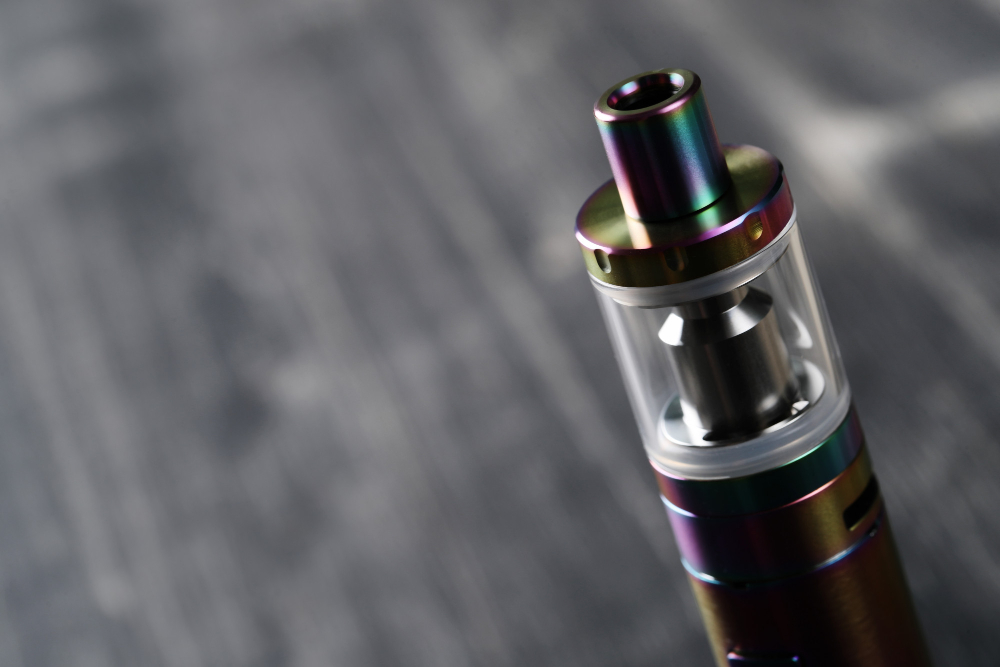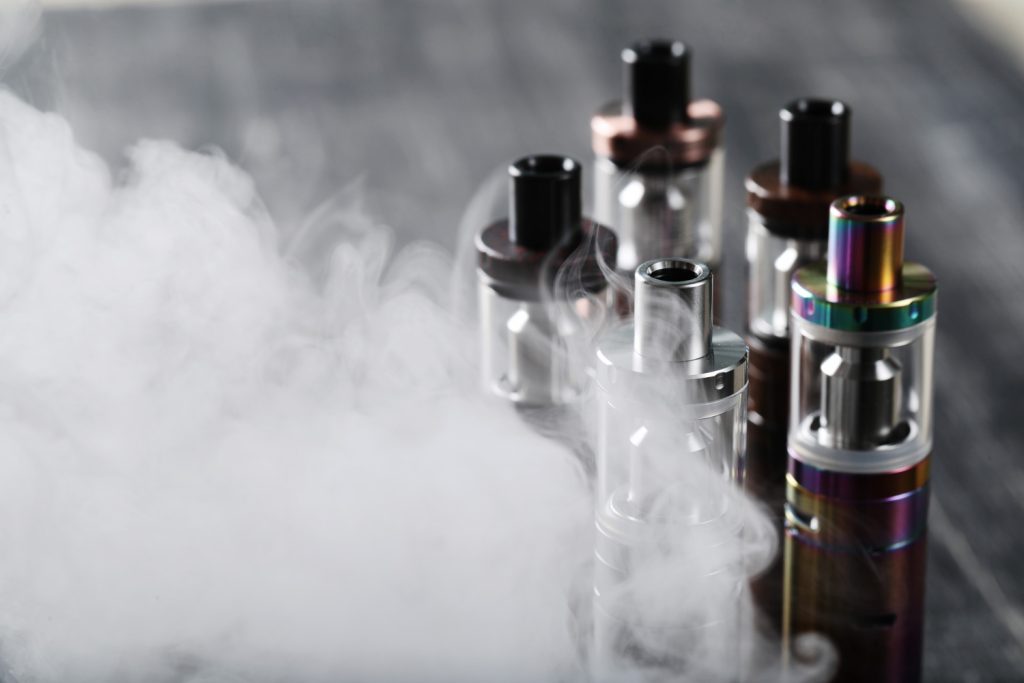Vape
Vaping, or using an e-cigarette, is a method that produces vapor similar to cigarette smoke and offers an alternative to traditional smoking. For many, it’s a way to enjoy nicotine without the harmful compounds caused by burning tobacco. The popularity of vape products has increased due to effective marketing and branding, especially among younger generations.





